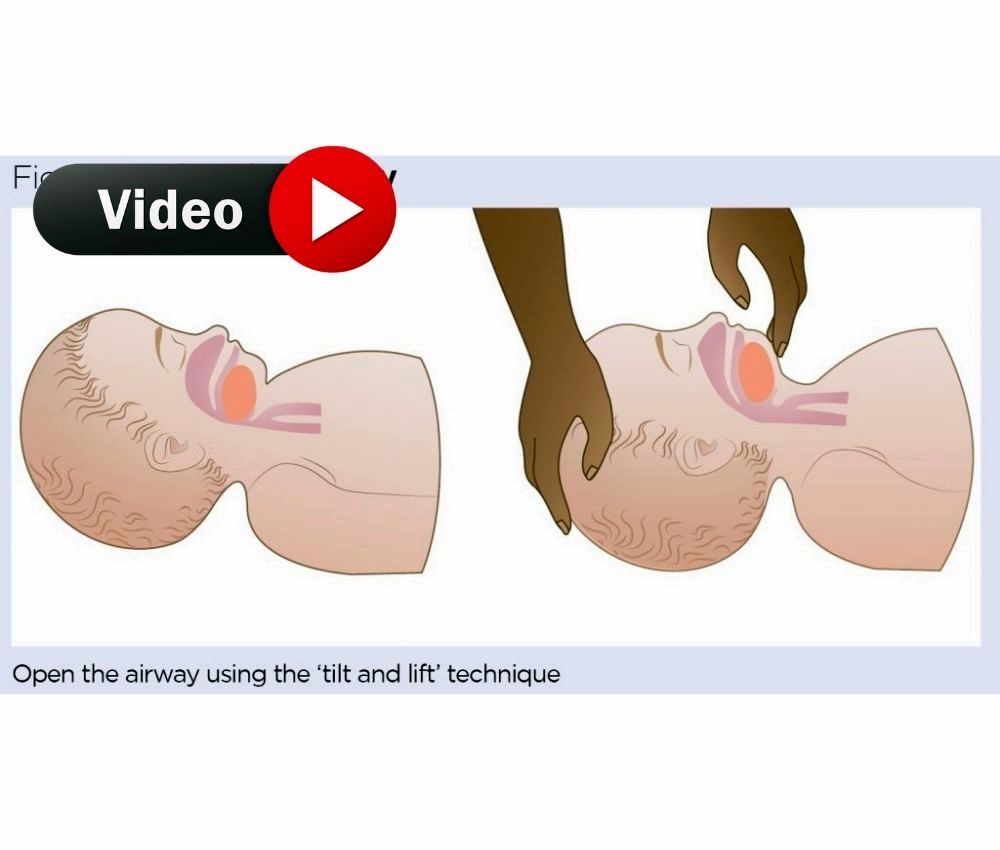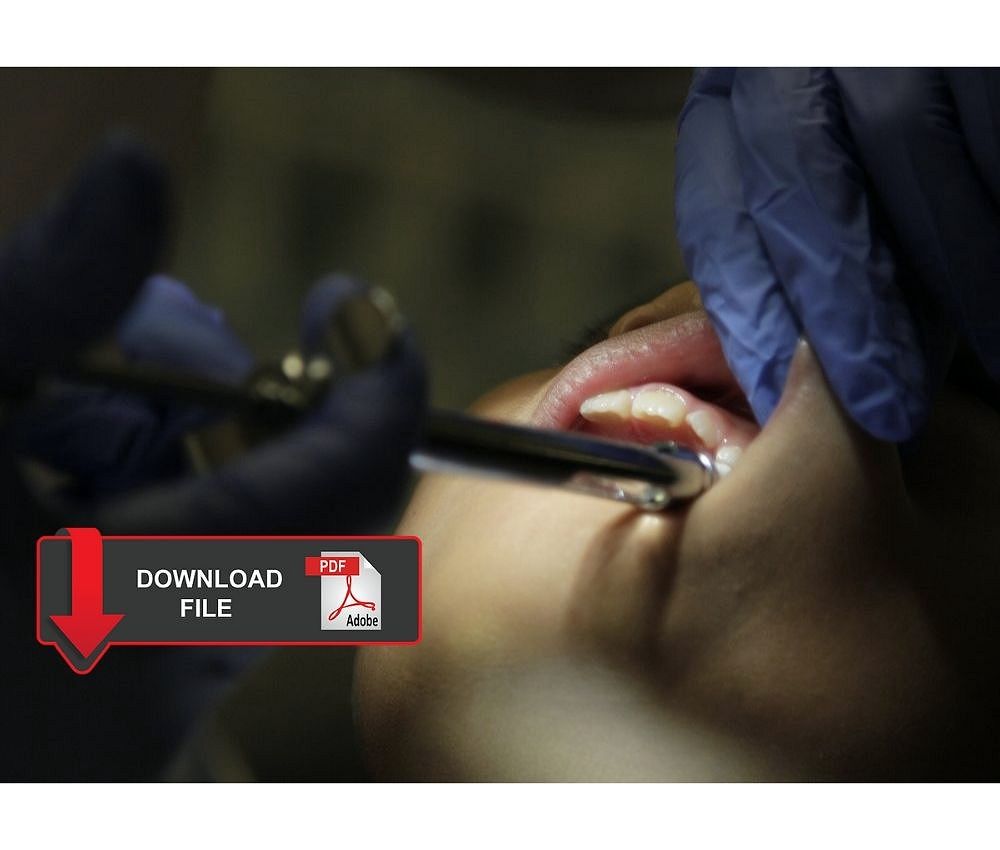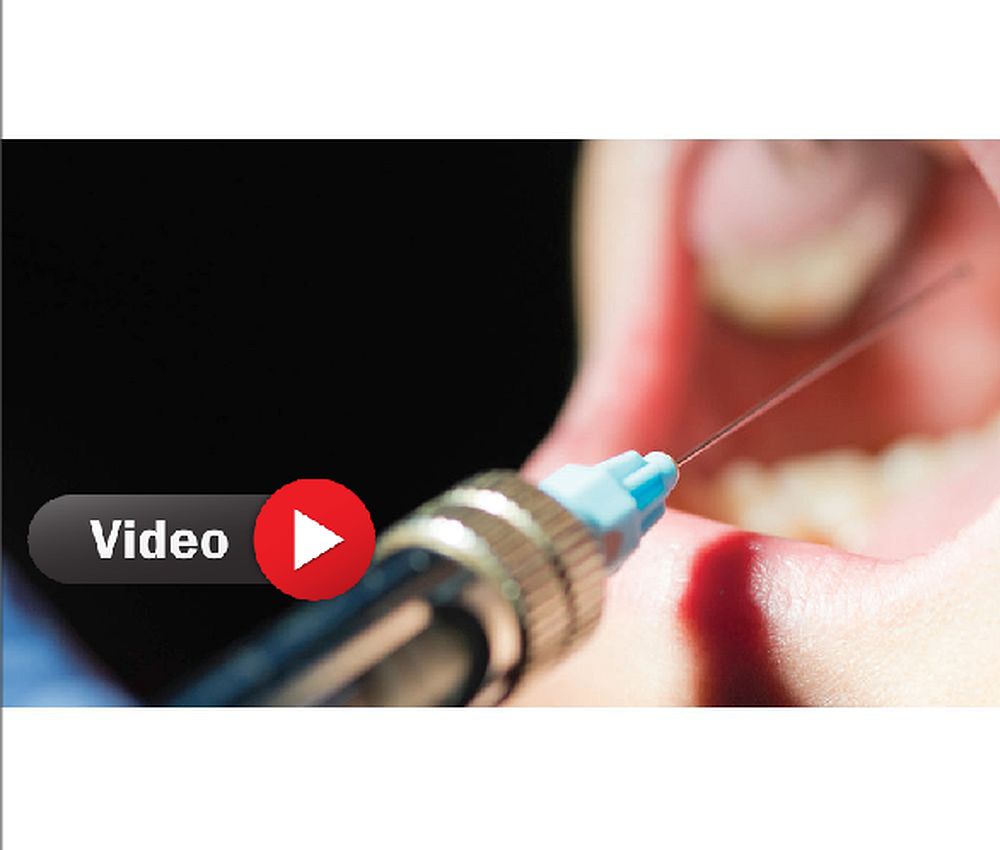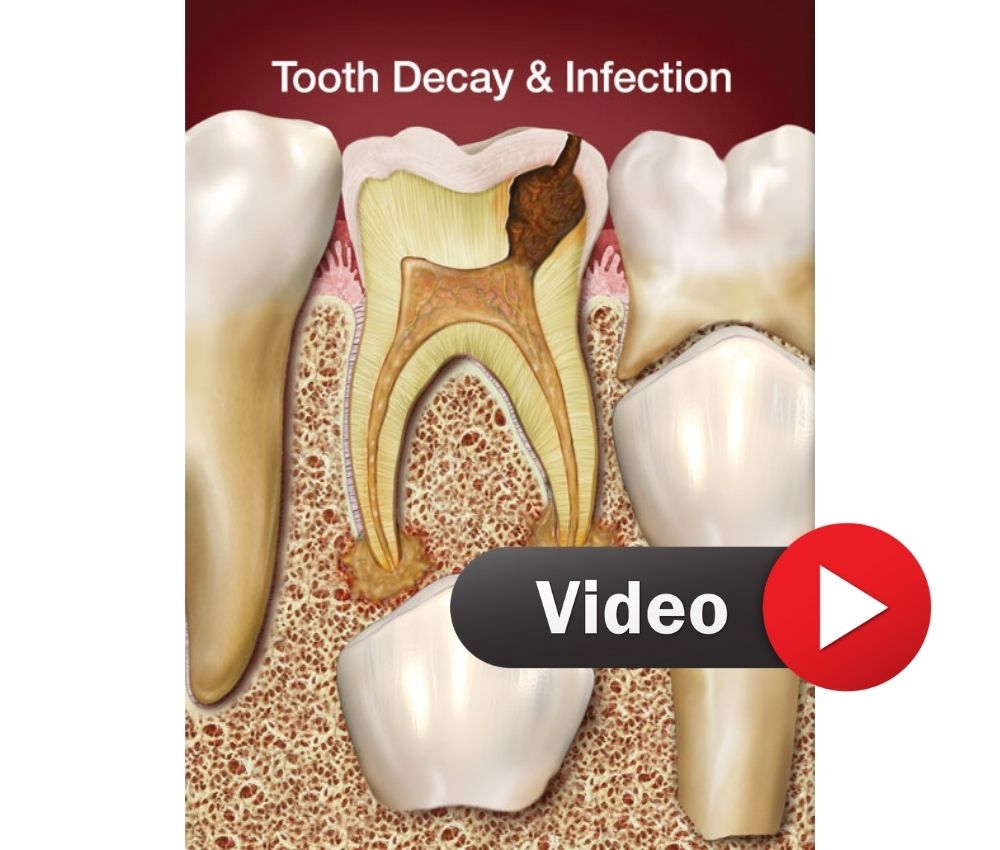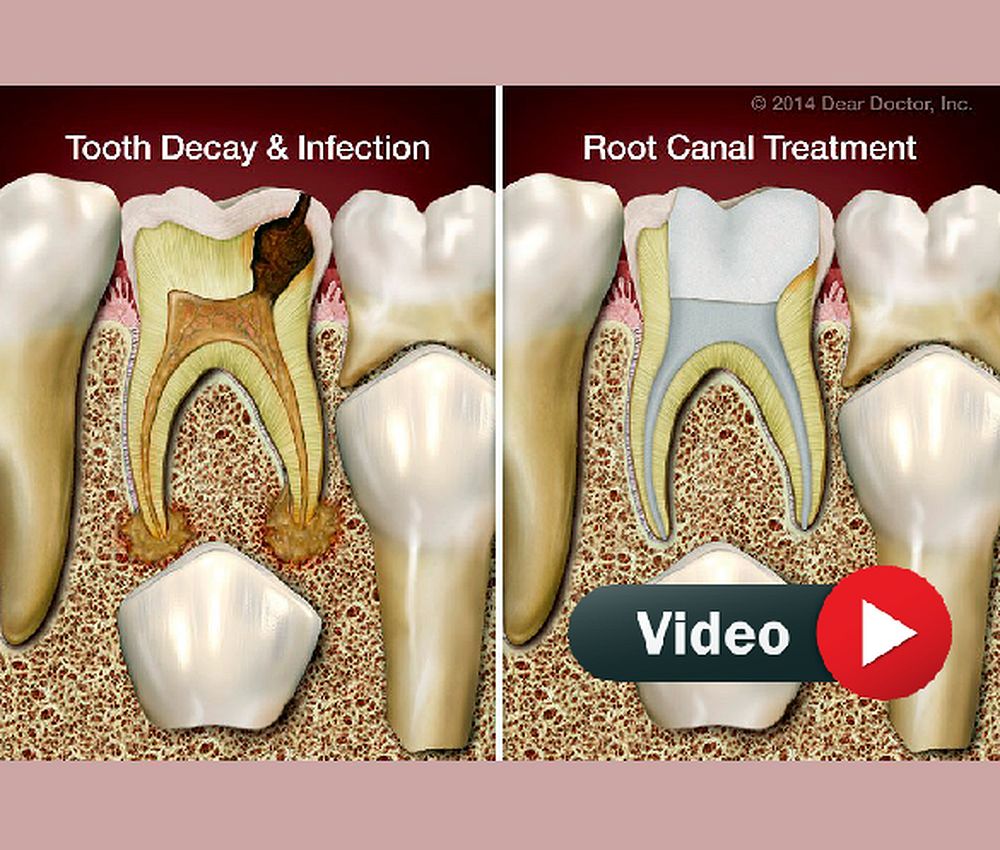During dental practice, emergency events can occur that put the life of the pediatric patient at risk. The pediatric dentist must identify emergency manifestations and take immediate and effective action.
The possibility of a medical emergency can be anticipated and reduced by conducting an interview with the parents, medical interconsultation, and a correct anamnesis.
Advertisement
We share a video that teaches us what should be the immediate behavior that the pediatric dentist should have in the event of a medical emergency in a pediatric patient (syncope / asthma / anaphylaxis)
RECOMMENDED VIDEO
DENTAL ANESTHESIA : Mandibular Block for Pediatric Patients - Dental Injection Technique
DENTAL ANESTHESIA : Mandibular Block for Pediatric Patients - Dental Injection Technique
You may also like :
► How To Determine a Child's Medication Dose
► Behavior management in pediatric dentistry - Dr. Eyal Simchi - Webinar
► Webinar - Minor Oral Surgery in Pediatric Dentistry
Source: Youtube/ lectures dentist

